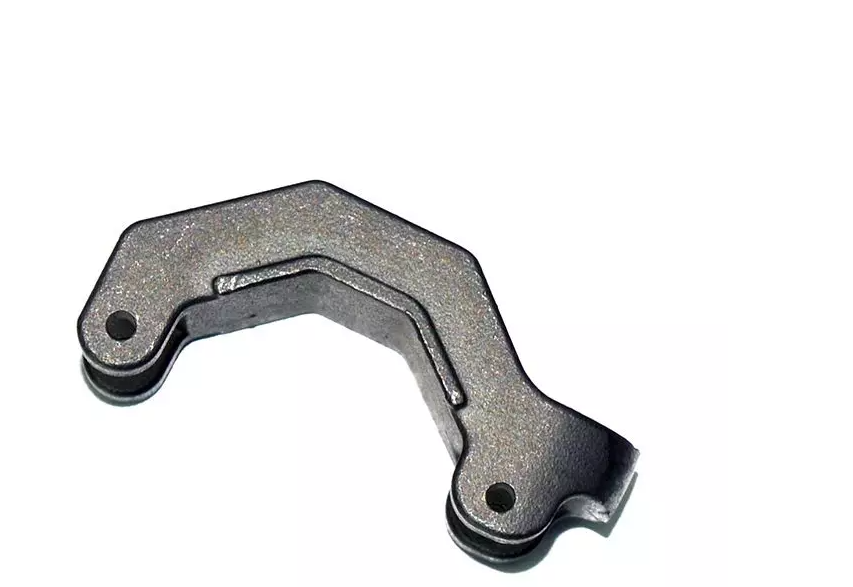Ball valves are essential components in fluid control systems, widely used in industries such as oil and gas, petrochemicals, water treatment, and more. They offer efficient shut-off and control capabilities, making them versatile choices for various applications. In this article, we'll delve into the realm of ball valves, examining their different types, configurations, and applications.
Understanding Ball Valves
Ball valves are quarter-turn valves that utilize a perforated ball to control the flow of fluids. By rotating the ball within the valve body, the passage for the fluid can be opened, closed, or partially obstructed. The design of ball valves provides quick and reliable shut-off, reducing leakage and minimizing pressure drops.
-
Floating Ball Valves: In floating ball valves, the ball is not fixed to the stem. It is held in place by the compression of the fluid pressure against the downstream seat. These valves are suitable for low to moderate pressures and are commonly used in applications requiring on-off control.
-
Trunnion Ball Valves: Trunnion ball valves have additional mechanical support through a trunnion mounted at the top and bottom of the ball. This design allows the valve to handle higher pressures and larger pipe sizes, making them suitable for more demanding applications.
-
V-port Ball Valves: V-port ball valves have a V-shaped ball with a specific angle, providing precise control over flow rates. They are often used in applications where flow modulation is crucial, such as in process control systems.
-
Three-Way Ball Valves: Three-way ball valves have three ports and allow for the diversion of flow between multiple pipes. They are used in applications requiring mixing, diverting, or isolation of fluid streams.
-
Multiport Ball Valves: Multiport ball valves have multiple ports, offering versatile flow path configurations. They are used in applications where complex flow patterns or multiple fluid streams need to be managed.
-
Cavity Filler Ball Valves: Cavity filler ball valves are designed to prevent fluid buildup within the valve cavity. They are commonly used in applications involving viscous or sticky fluids.
Applications of Ball Valves
-
Oil and Gas Industry: Ball valves are widely used in the oil and gas sector for their ability to handle high pressures and provide reliable shut-off in pipelines, refineries, and offshore platforms.
-
Petrochemical Industry: Ball valves are essential components in petrochemical plants, where they control the flow of various chemicals and fluids in the production process.
-
Water Treatment: Ball valves are employed in water treatment plants to regulate the flow of water, chemicals, and other fluids in various treatment processes.
-
Industrial Process Control: Ball valves are utilized in industrial settings to control the flow of fluids in manufacturing processes, providing efficiency and precision.
-
HVAC Systems: Ball valves are integral to heating, ventilation, and air conditioning systems, allowing for fluid control in various HVAC applications.
Conclusion
Ball valves play a pivotal role in fluid control across a wide range of industries. Their diverse types and configurations cater to specific needs, from simple on-off control to precise flow modulation. Understanding the various ball valve options empowers engineers and decision-makers to select the appropriate valve for their applications, ensuring efficient and reliable fluid management in their systems.
